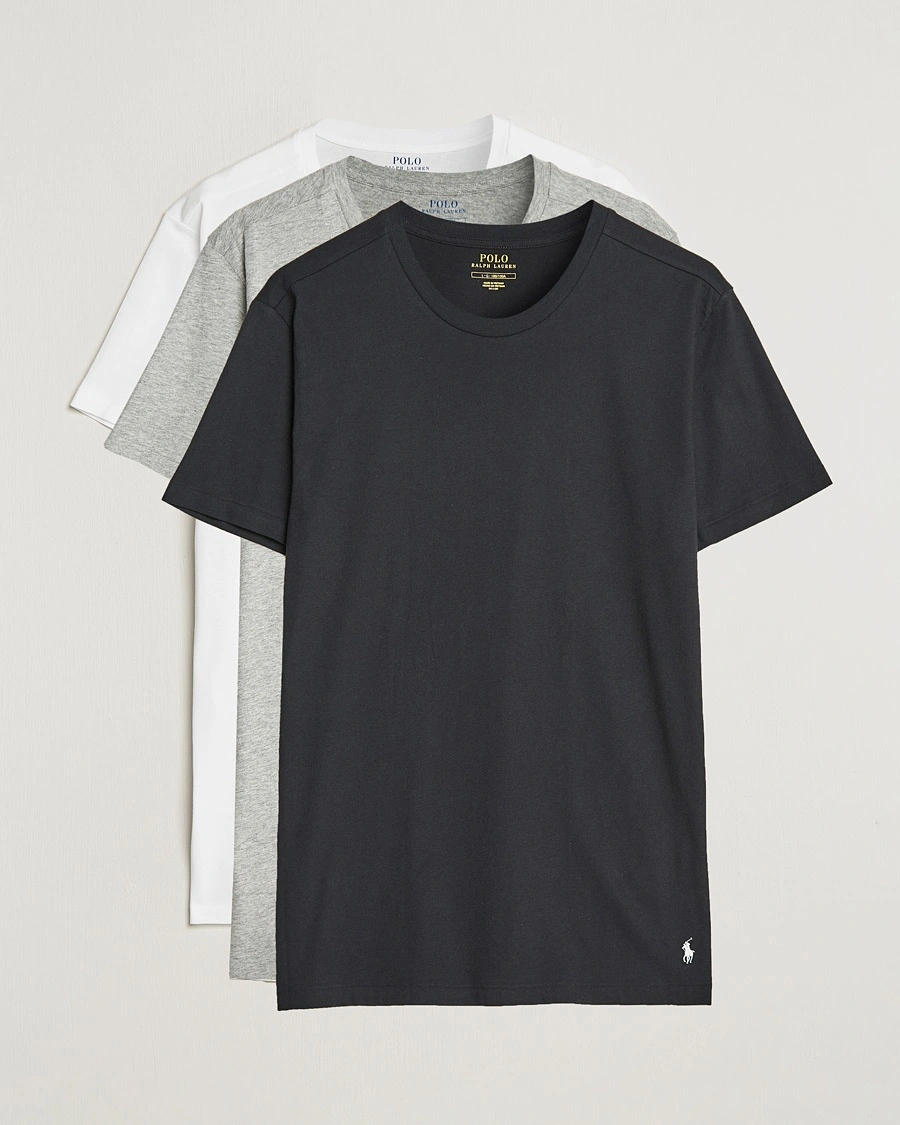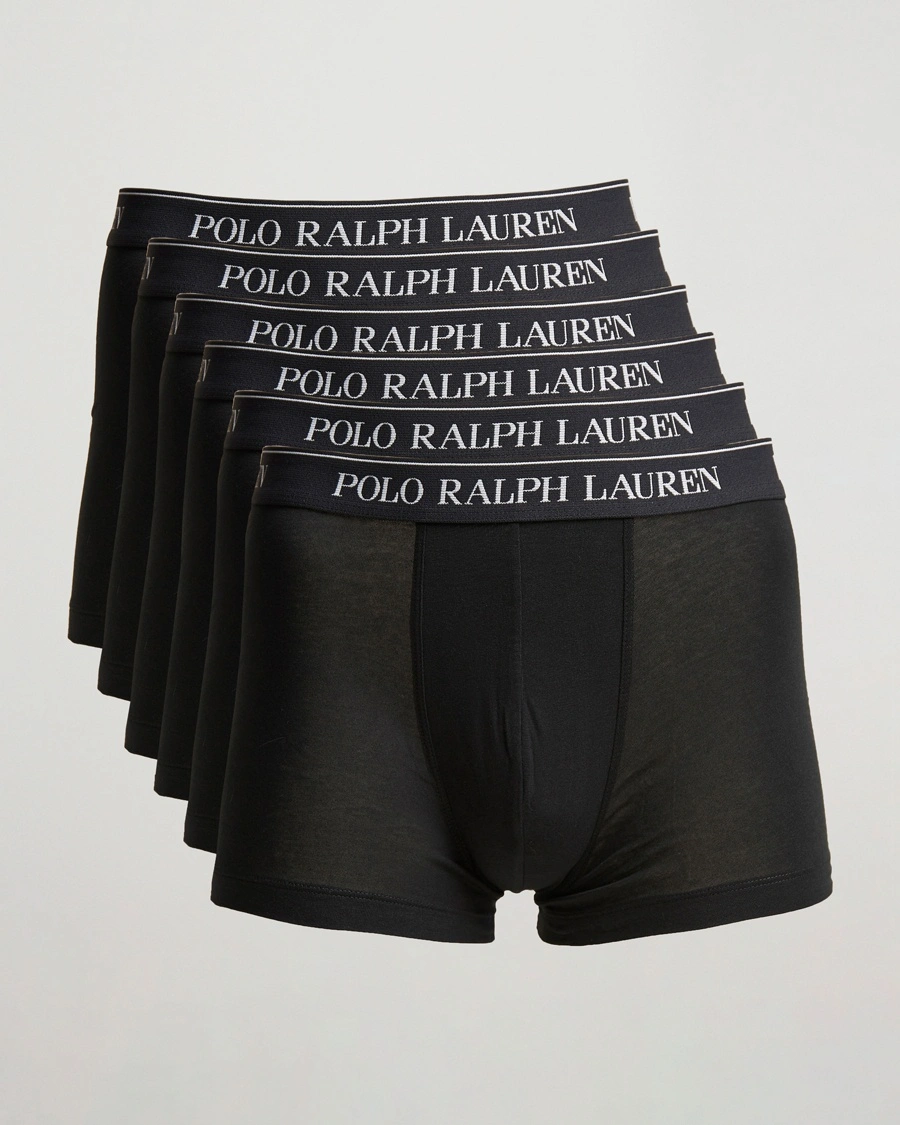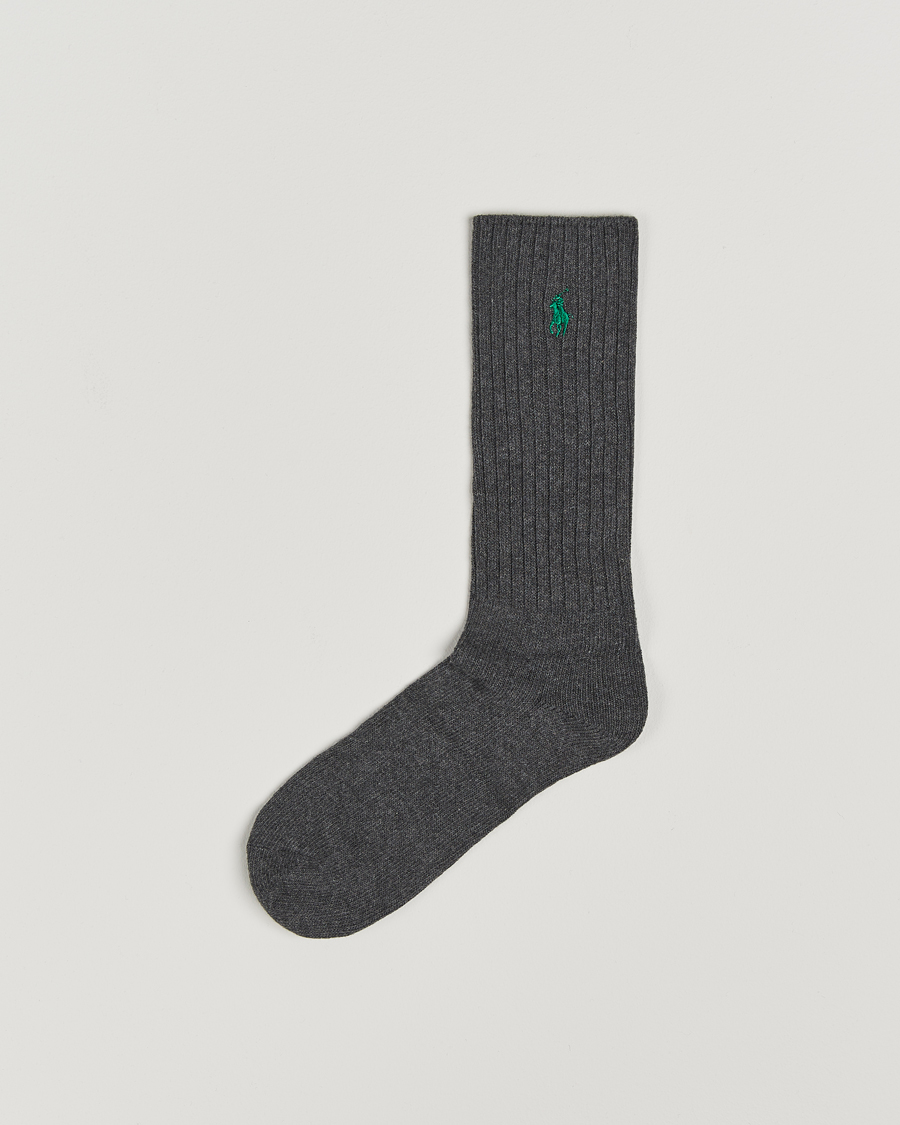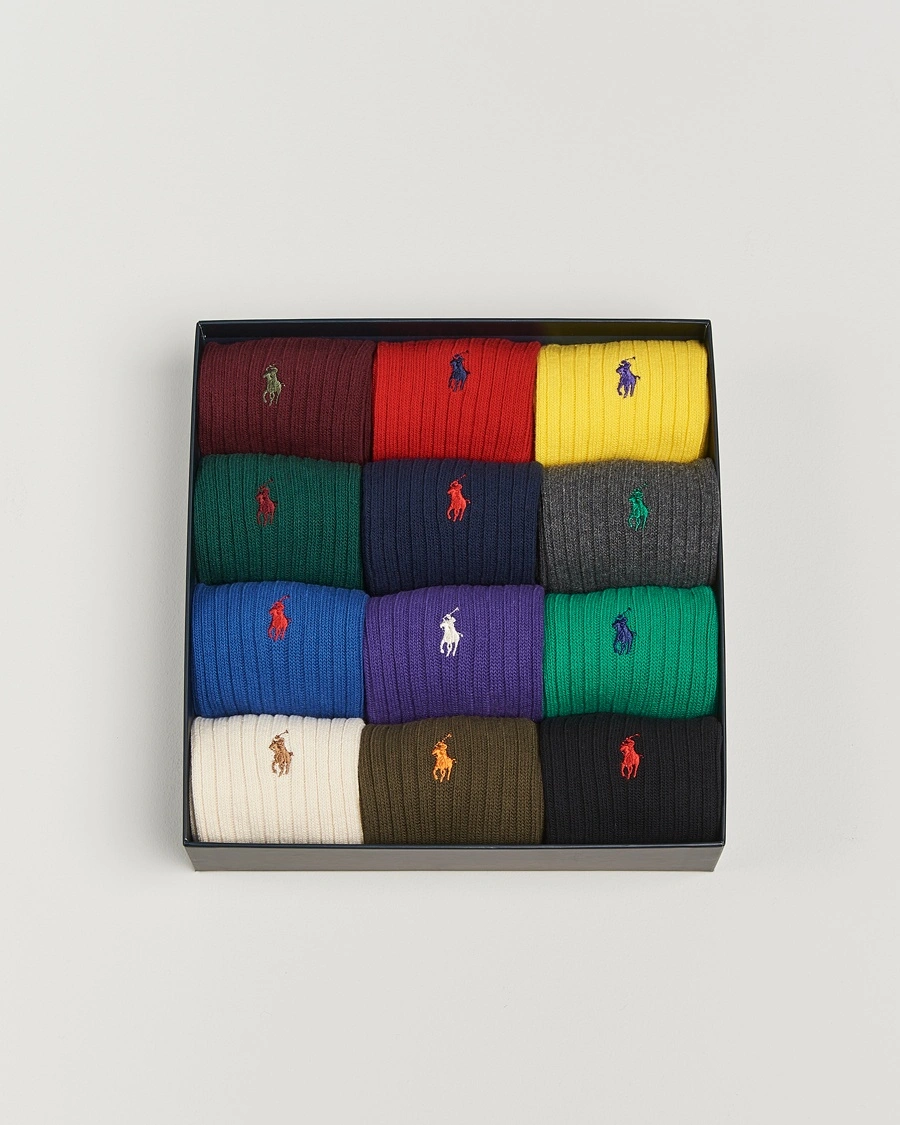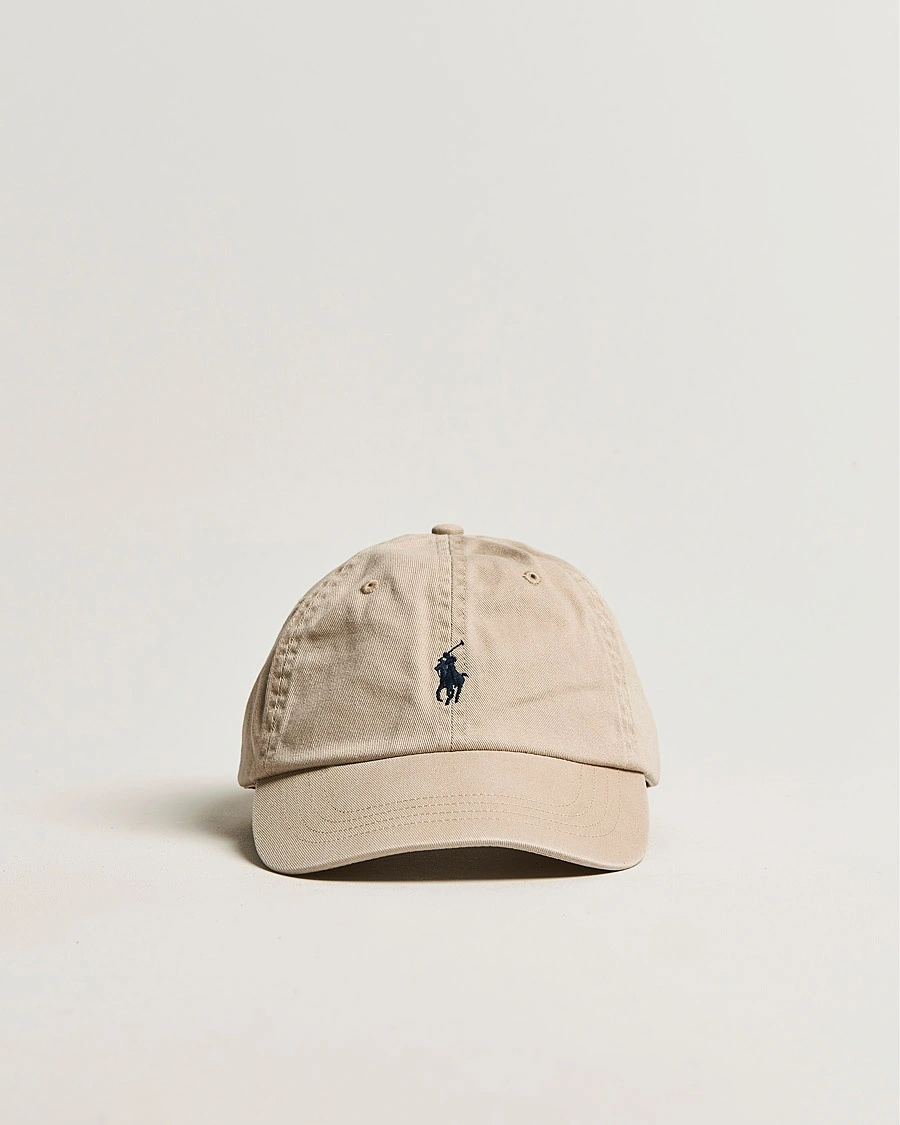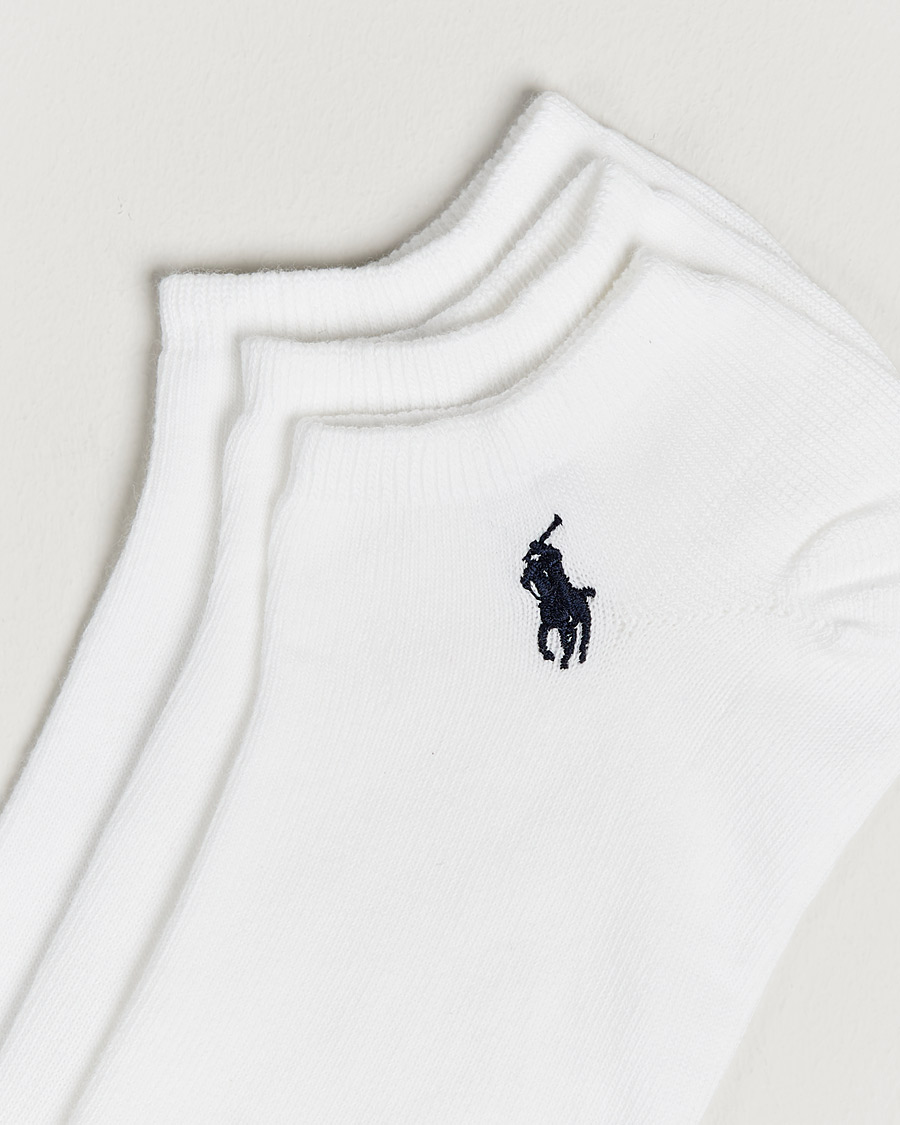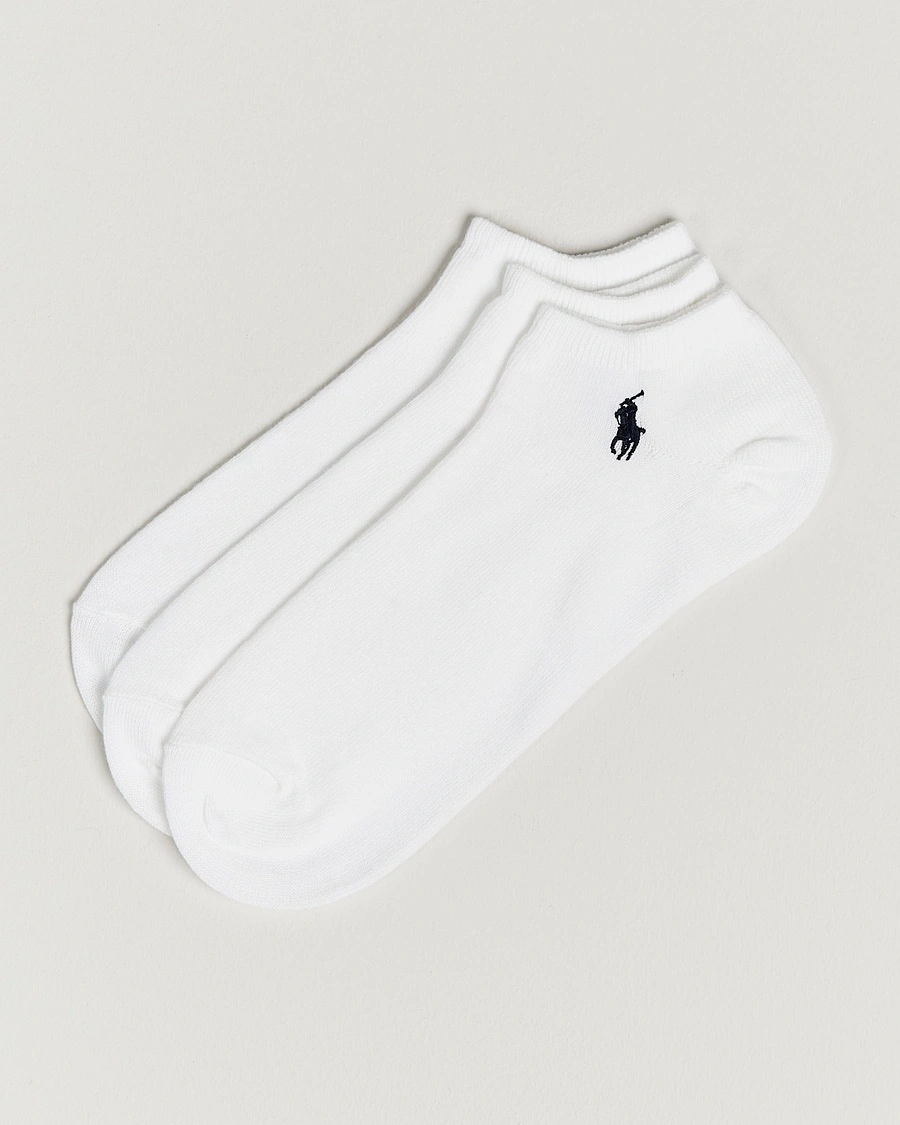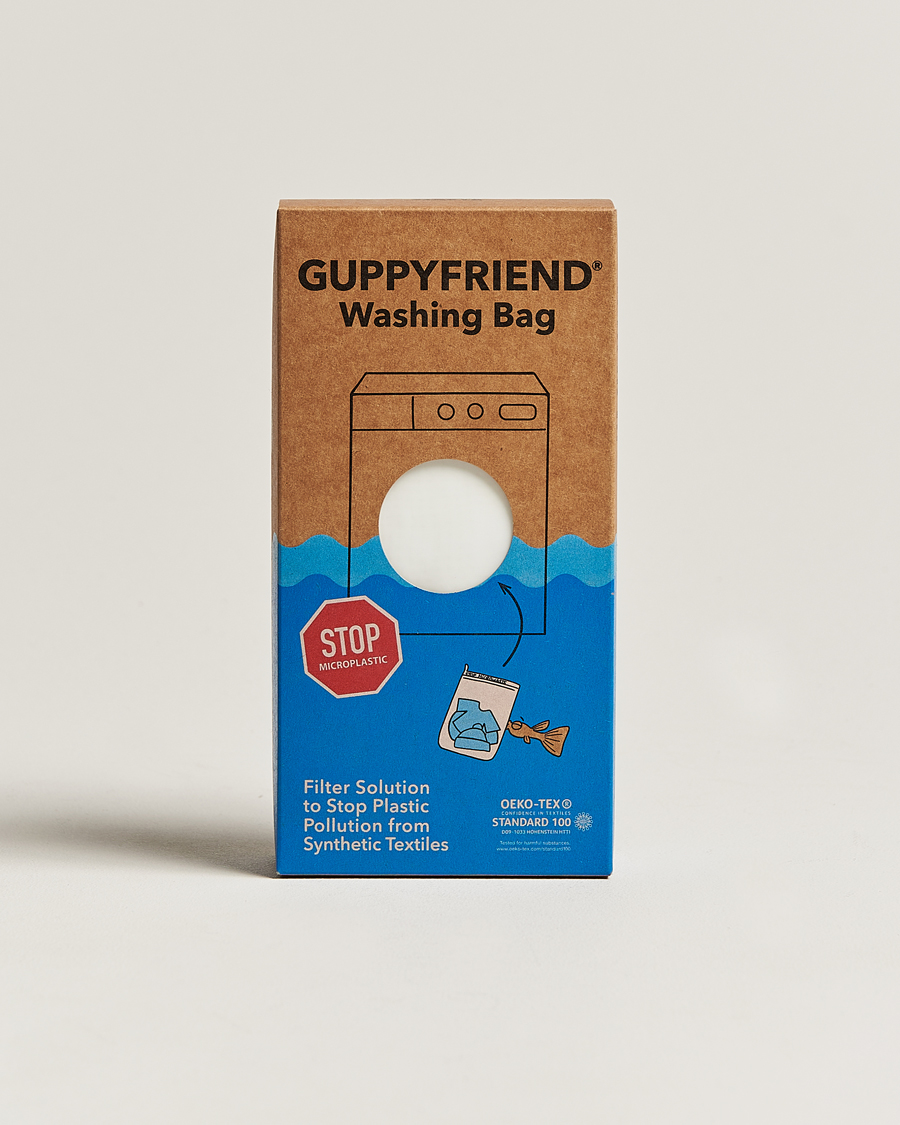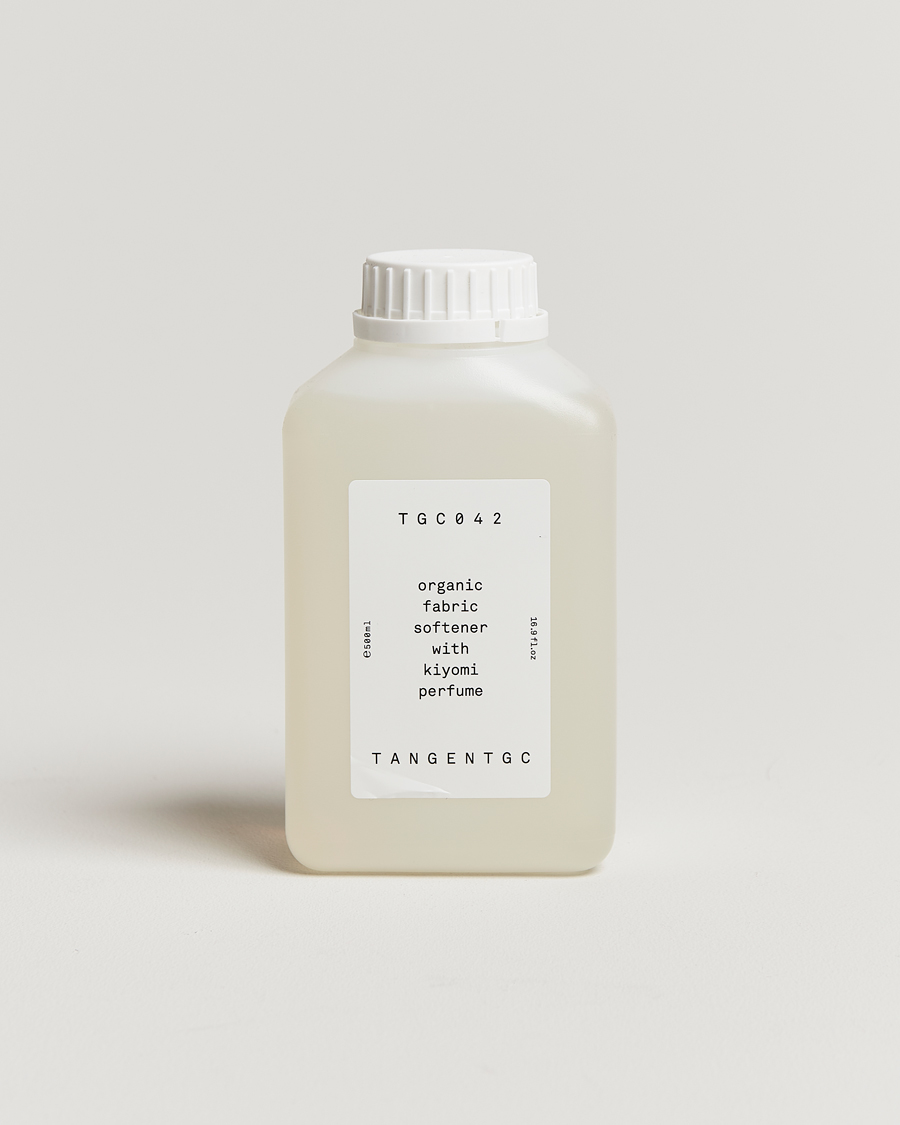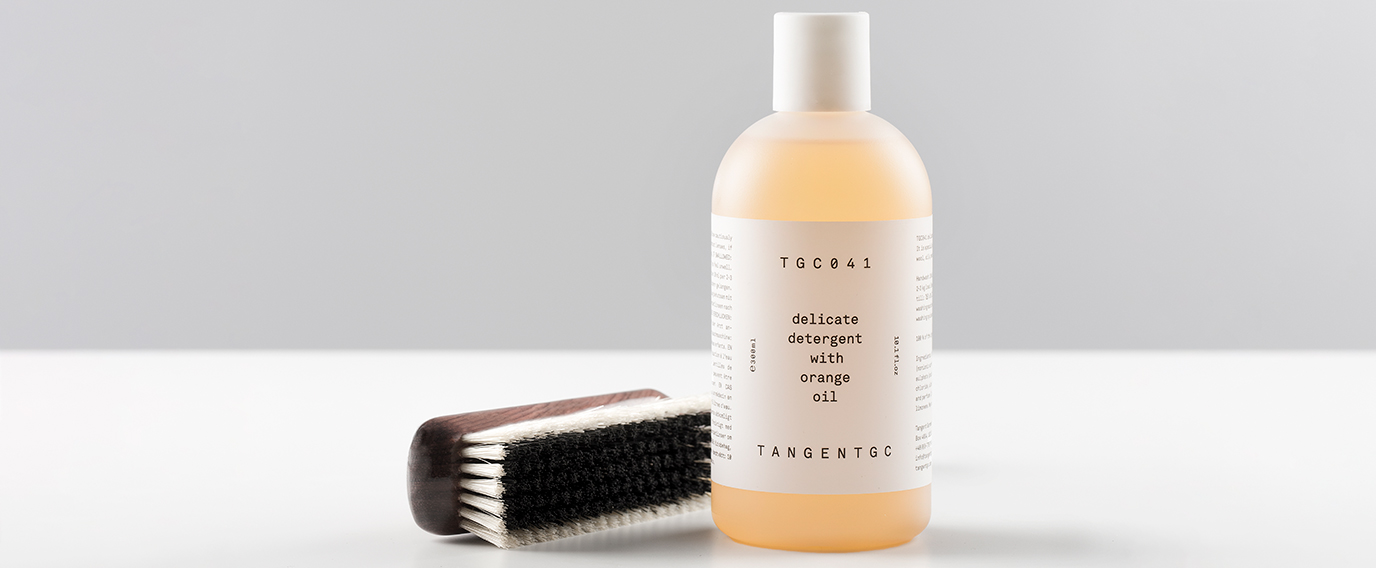
Care of Carl's Definitive Guide to Garment Care
At Care of Carl, we often discuss the quality and longevity of the products we offer and try to help our customers in taking the best care of their clothing and accessories. To this end, we present our Definitive Guide to Garment Care containing information and advice on how to care for all kinds of fabrics.
Text: Mimmi Ljungblad
Photo: Evelina Lind
Practical advice before, during and after washing:
Separate Your Laundry
Correctly separating your laundry will prevent your clothing from becoming discoloured. A good rule of thumb is to wash new clothing and vividly dyed fabrics with similar colours. Additionally, we would always recommend separating white and black clothing.
Use a Washing Bag
Clothing and accessories with details such as emblems or buckles should be placed inside a washing bag to avoid damaging both the item itself and the rest of your laundry. Zips and Velcro should be fully fastened to minimise the risk of damage. To achieve the best results when washing shirts in particular, they should be fully unbuttoned, turned up at the collar and washed inside out.
Discover Guppyfriend's laundry bag for washing synthetic materials here.
Discover Guppyfriend's laundry bag for washing synthetic materials here.
Use the Right Amount of Detergent
Using too much detergent won’t make your clothes any cleaner. In fact, it is likely to do the exact opposite. Too much detergent can make your clothes dirtier and even cause allergic reactions in those with sensitive skin. The amount of detergent should be proportional to capacity of your washing machine. A useful guideline can generally be found on the detergent's packaging.
Choose a Gentler Detergent
There are many advantages to using a gentle, unperfumed detergent. Strong chemicals are not only bad for the environment, but they can even be bad for your health. Perfumed detergent, however pleasant the scent, can cause allergic reactions.
Hére: TGC048 Tulip Sensitive Detergent from Tangent GC.
Hére: TGC048 Tulip Sensitive Detergent from Tangent GC.
Avoid Fabric Conditioner
Just like detergent, fabric conditioners often contain perfumes that can irritate your skin and cause allergic reactions. Besides softening, perfuming, and making certain synthetic fabrics more supple, fabric conditioner is not particularly useful. It may even cause damage to certain materials such as Gore-Tex® and elastane. Using too much fabric conditioner can also exacerbate pilling in a number of materials. We therefore recommend avoiding fabric conditioner whenever possible and, if you need to use it, choosing a gentler, more environmentally friendly alternative.
Here: TGC042 Kiyomi Fabric Softener from Tangent GC.
Here: TGC042 Kiyomi Fabric Softener from Tangent GC.
Fill the Machine
Plan your laundry to avoid half-filling the machine, unless otherwise recommended in the washing instructions of a particular item. Items recommended to be washed at 30°, 40° and 60°C can be washed together, provided you follow the temperature and cycle recommendations of the most delicate item. Choosing the lowest spin speed reduces both energy consumption and wear.
Avoid High Temperatures
When washing your clothes, it is not only important that they are properly cleaned, but also that they last as long as possible without shrinking, losing colour or becoming misshapen. In most cases, a temperature of 30°C is more than adequate, with the exception of underwear and fabrics with dried-in stains.
Take Care when Handwashing
Handwashing is often more complicated than we think, and many of us make the mistake of judging the water temperature with our hands. Normal body temperature is around 37°C, so what we perceive as lukewarm is in fact too hot for handwashing. Handwash-only items are meant to be washed at 20-30°C, so the water should feel cold. If you are unsure of how to hand-wash a particular item, many machines have a wool or hand-wash cycle. Just make sure that the temperature of this cycle does not exceed 30°C.
Tumble Dry Sparingly
Many fabrics have a tendency to shrink or become misshapen at higher temperatures and should therefore not be tumble dried. Woollen and polyester items in particular should be laid flat when drying to prevent misshaping. Many other materials, including cotton, linen, and viscose should be drip-dried to avoid shrinkage.
Practical tips that can extend the life of the garments:
Air Your Garments
Many of us tend to wash our clothes much more often than necessary, something which can significantly reduce their lifespan. One simple trick to increase the longevity of your wardrobe is to air clothing out between uses as this allows them to keep their original shape and quality for longer. Additional tips are to steam the garments to freshen up between washes or to use a washing spray with antibacterial properties from Laundry Society.
READ MORE: "How to use a steamer on your clothes."
READ MORE: "How to use a steamer on your clothes."
Follow the Care Instructions
Maintaining the high quality of your clothing often requires washing at a particular temperature, so it really is important to read the care instructions for each item. Following these instructions is also a good idea in the event you need to return an item.
Treat Stains Immediately
Stains are easy to acquire but difficult to remove. For stain removal, timing is everything: The longer you wait, the harder it will be to eradicate the stain. Spot treat the stain immediately or leave the garment to soak for a short while before washing.
READ MORE: "How to Remove Stains and Salvage Your Clothing."
READ MORE: "How to Remove Stains and Salvage Your Clothing."
Mend Your Clothes
One straightforward way to extend the lifespan of your wardrobe is to fill it with items that feel worth repairing and looking after. A well-used waxed jacket, for example, can be re-waxed to make it feel like new again. Similarly, clothing that has become too large or too small can be taken in, sometimes even taken out, to once again give you the best possible fit. These kinds of simple adjustments can help you get the most of your clothing for many seasons to come, instead of tossing it out or leaving it languishing at the back of the wardrobe.
Brush Your Woollens
Before washing your clothes, and woollen fabrics in particular, it can be a good idea to brush off any dirt and dust with a clothing brush. Not only does this help to remove dirt and prevent pilling, but it also lends a subtle lustre. Here: Cherry Wood Double Sided Clothing Brush from Kent Brushes.
Garment care:
Do you want to continue where you were?
Customer service
FAQ
Answers to the most frequently asked questions can be found here.
We aim to reply to your email within one working day.
Personal Style Advice
We currently offer personal style advice through both digital and in-person customer meetings near our headquarters in Borås, Sweden.
If you're interested in booking a session with our personal shopper, send an email to us at [email protected], specifying whether you prefer a digital or in-person meeting, and we will get back to you with more details and available time slots.
Our style advisors look forward to helping you update your wardrobe and invest in timeless, quality garments!
Log in
Choose your delivery country
-
Sweden
-
Denmark
-
Norway
-
Finland
-
Germany
-
Austria
-
Ireland
-
Croatia
-
Cyprus
-
Czech Republic
-
Estonia
-
Greece
-
Hungary
-
Liechtenstein
-
Lithuania
-
Luxembourg
-
Malta
-
Poland
-
Portugal
-
Slovakia
-
Slovenia
-
Bulgaria
-
Latvia
-
Romania
-
United States of America
-
Netherlands
-
France
-
Switzerland
-
Spain
-
Italy
-
United Kingdom
-
Saudi Arabia
-
New Zealand
-
Taiwan
-
United Arab Emirates
-
Japan
-
Australia
-
Canada
-
South Korea
-
Hong Kong
-
Singapore
-
Kuwait
-
Malaysia
-
Qatar
-
Belgium (Nederlands)
-
Belgium (Français)






